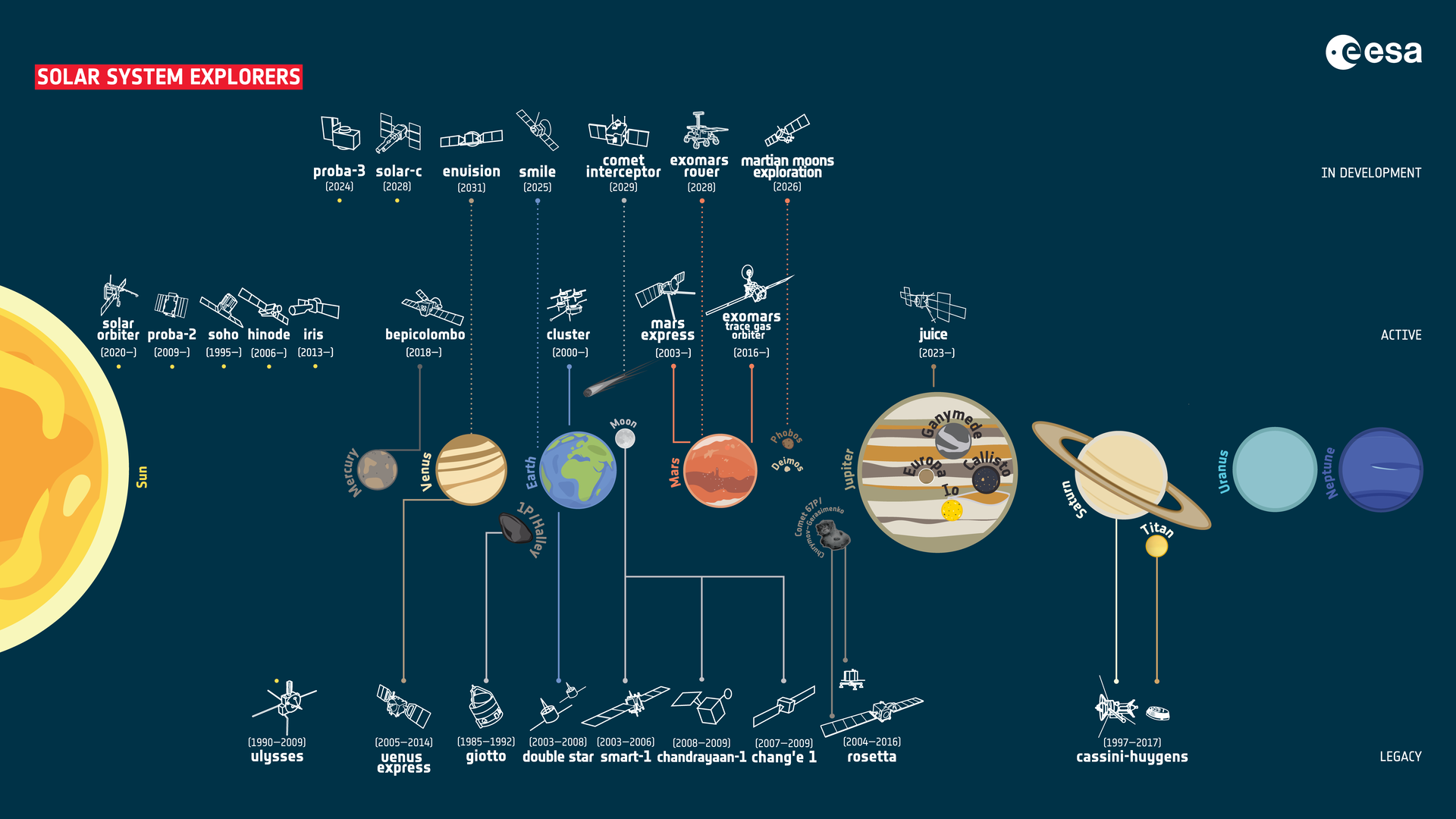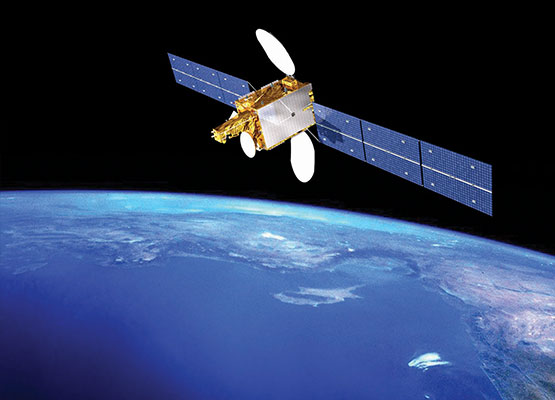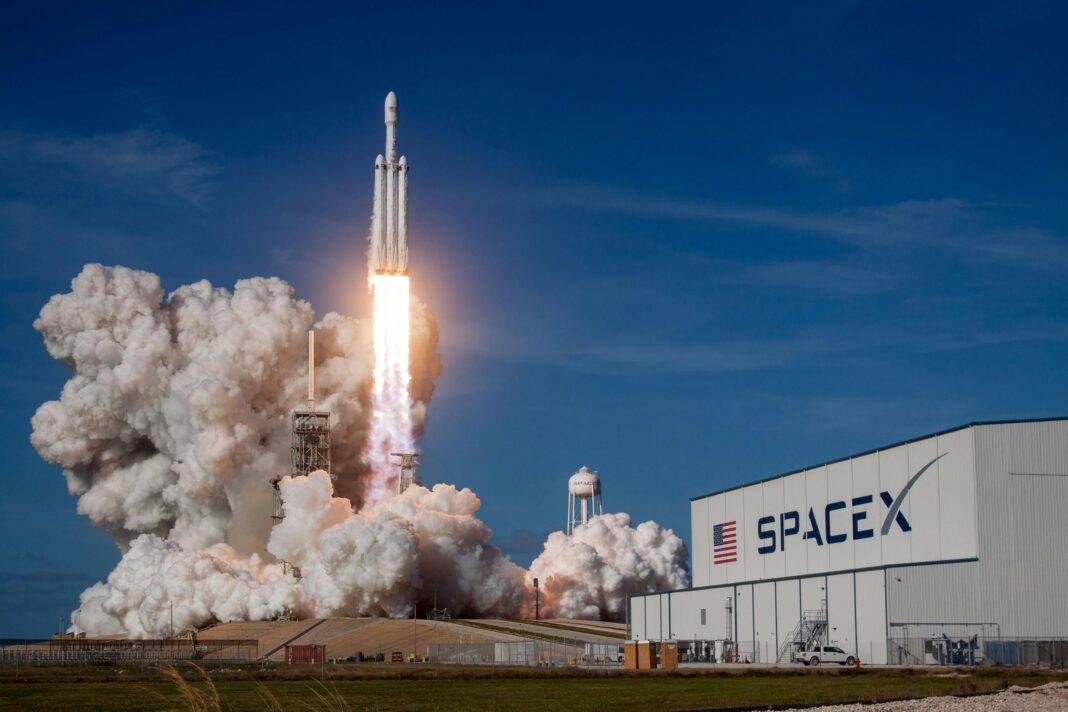In 2013, India’s Mangalyaan mission, officially known as the Mars Orbiter Mission (MOM), captivated the world. Launched by the Indian Space Research Organisation (ISRO), Mangalyaan successfully placed a satellite into Mars’ orbit on its first attempt, a feat only a few other nations achieved. This extraordinary accomplishment was realized on a modest budget of approximately $74 million, earning it the distinction of the most cost-effective Mars mission ever. Dr. K. Radhakrishnan, former chairman of ISRO, explained, “ISRO’s philosophy is cost-effectiveness. They adopted a modular approach, utilizing available hardware, and use their workhorse launch vehicle PSLV, with minimal modifications. Their schedule-driven approach prevents cost overruns.” This mission not only showcased India’s growing prowess in space technology but also demonstrated the potential for innovative, budget-conscious solutions in space exploration
Similarly, Brazil’s journey in space exploration has been marked by creativity and resilience. The Brazilian National Institute for Space Research (INPE) has focused on developing satellites that address critical environmental monitoring and communication needs. Brazil’s Amazonia-1 satellite, launched in 2021, exemplifies this focus. Designed to monitor deforestation in the Amazon rainforest, Amazonia-1 enhances Brazil’s ability to manage and protect one of the world’s most vital ecosystems. These stories from India and Brazil underscore the significant contributions of developing countries to the global space industry and highlight the importance of ingenuity and efficiency in achieving space exploration goals.
Developed Countries: Pioneers of Space Exploration
Space exploration is often synonymous with cutting-edge technology and vast financial investments in developed nations. These countries are equipped with immense budgets, state-of-the-art infrastructure, and highly skilled workforces, enabling them to pursue audacious goals and redefine the limits of human achievement.
NASA stands at the forefront of space exploration, with ambitious projects like the Artemis program, which aims to return humans to the Moon and establish a sustainable presence there by the decade’s end. Artemis represents a new era of lunar exploration, with plans to explore more of the Moon’s surface than ever before and to develop technologies that will enable human missions to Mars. The program’s goals are supported by extensive funding, advanced research facilities, and international partnerships, including contributions from the European Space Agency (ESA), the Japan Aerospace Exploration Agency (JAXA), and the Canadian Space Agency (CSA).
The European Space Agency (ESA) continues to make significant strides in space science and exploration. Missions such as ExoMars, which aimed to search for signs of life on Mars, and the James Webb Space Telescope, a collaboration with NASA and the Canadian Space Agency, are designed to deepen our understanding of the universe. ESA’s programs benefit from its member states’ collective expertise and resources, allowing it to undertake complex and groundbreaking missions. However, ESA’s ExoMars mission, which aimed to search for signs of life on Mars, faced setbacks and was ultimately canceled.

Challenges Faced by Developed Countries
Despite advantages, developed nations also face challenges in space exploration. The high costs of ambitious missions can strain budgets and require difficult trade-offs. Additionally, political shifts can impact funding and strategic priorities, sometimes leading to delays or cancellations of crucial projects. Nevertheless, these countries’ robust infrastructure and extensive experience enable them to navigate these challenges and continue to push the boundaries of space exploration.
Developing Countries: Innovation Amid Constraints
In contrast, developing countries face significant constraints yet have made remarkable strides in space exploration. These nations often grapple with limited budgets, resource constraints, and the need to prioritize immediate social and economic issues. Despite these challenges, their space programs continue to thrive through innovation, international cooperation, and strategic investments in technology.
India’s ISRO has become a symbol of frugal engineering and innovative problem-solving. The Mars Orbiter Mission (Mangalyaan) is a testament to ISRO’s ability to maximize limited resources, achieving interplanetary success on a shoestring budget. Following the success of Mangalyaan, ISRO launched the Chandrayaan missions, aimed at exploring the Moon. According to the Economic Times, Chandrayaan-3 required almost 10 years of work, culminating in a successful soft landing on the lunar south pole on August 23, 2023, after its launch on July 14, 2023.
This achievement provides valuable data and reinforces India’s growing capabilities in space technology. Looking ahead, ISRO plans to launch Gaganyaan, its first crewed space mission, showcasing its ambition to join the ranks of nations capable of human spaceflight.
Meanwhile, Brazil’s INPE has focused on satellite development to address environmental monitoring and communication needs. The Amazonia-1 satellite, launched in 2021, exemplifies Brazil’s commitment to leveraging space technology for sustainable development and environmental conservation. By providing real-time data on deforestation and land use changes in the Amazon rainforest, Amazonia-1 supports efforts to protect one of the world’s most critical ecosystems. Brazil’s focus on practical applications of space technology highlights the importance of addressing pressing societal issues through innovation.
Pakistan’s SUPARCO
Despite budgetary constraints, Pakistan’s Space and Upper Atmosphere Research Commission (SUPARCO) aims to enhance its space capabilities. SUPARCO focuses on satellite development for communication, weather forecasting, and agricultural monitoring, reflecting its commitment to leveraging space technology for national development. While SUPARCO’s resources and budget are more limited than ISRO’s, its efforts in fostering space research and applications are commendable. Pakistan’s space endeavors are driven by a vision to use space technology for socioeconomic development.
SUPARCO has made significant strides in space technology, beginning with commissioning its first satellite, Badr-I, in 1990. Subsequently, it developed and launched the indigenously built Badr-B satellite in 2001, marking a milestone in Pakistan’s space capabilities.
In a recent development, a small Pakistani satellite imaged the sun and moon from lunar orbit, accompanying China’s Chang’e-6 mission to sample the moon’s far side. Launched on May 3, Chang’e-6 aims to collect samples from the Apollo crater on the lunar far side and deliver them to Earth for analysis. This collaboration highlights Pakistan’s growing involvement in international space missions and its expanding role in space exploration efforts.

International Collaboration and Support
Developing countries also play a significant role in space cooperation by participating in United Nations entities such as the Committee on the Peaceful Uses of Outer Space (COPUOS). They actively support regional and international space application programs with cash and in-kind resources, contributing to a collaborative global space effort. These partnerships enable developing nations to access advanced technology, share knowledge, and participate in joint missions, thereby enhancing their capabilities and fostering a more inclusive approach to space exploration.
Future Space Missions of Developing Countries
The future holds promising prospects for space programs in developing countries. India plans to launch Gaganyaan, its first crewed space mission, demonstrating its ambition to join the ranks of nations capable of human spaceflight. Brazil is expanding its satellite capabilities with more advanced environmental monitoring systems. The UAE has made significant strides with its Mars missions, such as the successful Hope Mars Mission.
Through SUPARCO’s Space Program Vision- 2047 commenced in July 2014, Pakistan aims to launch five Geostationary orbit (GEO) satellites and six Low Earth orbit (LEO) satellites by 2047. The Program intends to replace SUPARCO’s existing satellites in orbit, develop new communication and remote sensing satellites, and conduct space science and technology research.
The space industry is a powerful indicator of a nation’s technological prowess and vision for the future. Developed countries continue to lead with ambitious projects and substantial investments, but developing countries are increasingly making their mark with innovative, cost-effective solutions. By fostering international collaboration and sharing technological advancements, the global community can promote a more inclusive and cooperative approach to space exploration, benefiting all of humanity.
References
- Economic Times. (n.d.). Chandrayaan-3 success connected with hearts of people: ISRO chief S. Somanath. Retrieved from https://economictimes.indiatimes.com/news/science/chandrayaan-3-success-connected-with-hearts-of-people-isro-chief-s-somanath/articleshow/106616945.cms?from=mdr
- Hindustan Times. (n.d.). K. Radhakrishnan interview: Success due to tireless efforts of ISRO. Retrieved from https://www.hindustantimes.com/india/k-radhakrishnan-interview-success-due-to-tireless-efforts-of-isro/story-Uz4BU6xpPeU8kHmTUamBlO.html
- International Trade Administration. (n.d.). Brazil Space Sector. Retrieved from https://www.trade.gov/market-intelligence/brazil-space-sector
- NASA Office of Inspector General. (2024). IG-23-004: NASA’s Efforts to Manage Risks Associated with the Artemis Program. Retrieved from https://oig.nasa.gov/wp-content/uploads/2024/02/IG-23-004.pdf
- National Defence University, Islamabad. (2023). Pakistan Space and Upper Evolution and Prospects. Retrieved from https://www.ndu.edu.pk/issra/pub/insight/2023/Pakistan-Space-and-Upper-Evolution-and-Prospects/Pakistan-Space-and-Upper-Evolution-and-Prospects.html#:~:text=The%20Program%20aims%20to%20launch,in%20space%20science%20and%20technology
Also Read: Efforts against Nuclear Warheads

Haniya Usmani is a college student with a profound enthusiasm for science and its countless wonders. Based in Karachi, she is particularly passionate about space exploration and astronomy but also has a keen interest in various scientific disciplines.
Haniya loves delving into the complexities of the natural world and the universe, sharing her insights through her writing to inspire and educate others.

